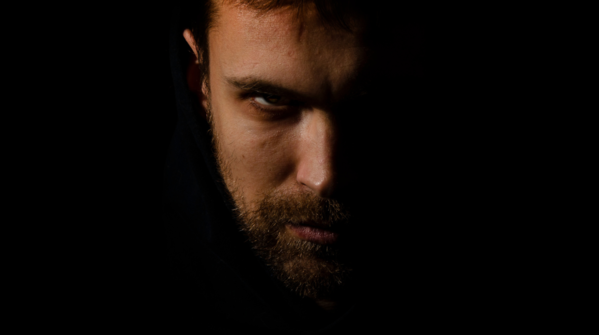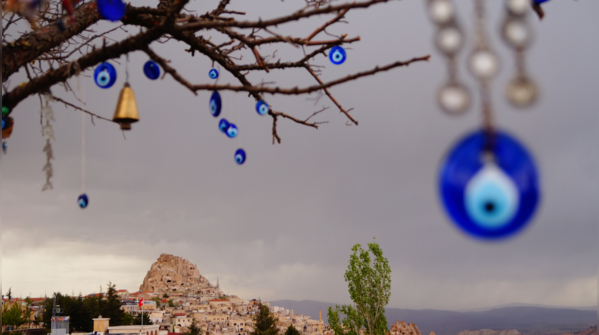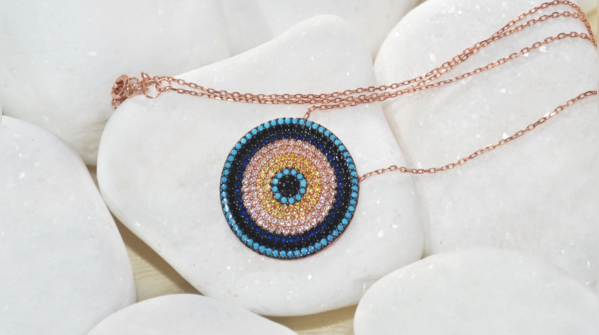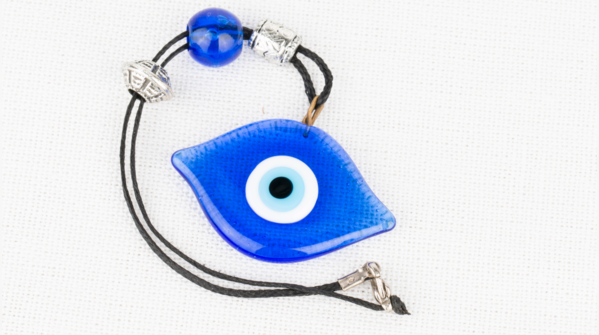The evil eye symbol, a ubiquitous image featuring concentric circles of blue, white, and dark blue, punctuated by a lighter shade resembling an eye, is a common sight worldwide. Adorning pendants, lockets, bracelets, and various other forms, the evil eye elicits diverse reactions. Some cultures embrace it as a protective talisman, particularly for children, while others shun it as a harbinger of misfortune.

The primary function attributed to the evil eye is protection. Proponents believe that this symbol, regardless of its manifestation, possesses the ability to deflect jealousy, envy, and malevolent energies directed toward its wearer. The source of these negative intentions isn't always external; even well-meaning friends harboring secret envy can inadvertently cast an evil eye. Thus, the symbol acts as a constant safeguard against both conscious and unconscious negativity.

The evil eye's protective influence extends beyond personal adornment. It's customary to bestow evil eye amulets upon newborns, shielding them from external envy and malice. These amulets often take the form of bracelets or pendants. Furthermore, individuals incorporate the evil eye symbol into new homes, vehicles, and furniture, imbuing these possessions with a sense of security and warding off potential misfortune.

The perceived protection offered by the evil eye stems from the belief that negative energy, fueled by jealousy, can be transmitted through mere glances. While lacking scientific validation, this conviction empowers individuals who seek solace and security in wearing or displaying the amulet. It provides a tangible means of safeguarding loved ones from misfortune and fostering a sense of inner peace.

Despite its widespread acceptance as a protective emblem, a contrasting perspective views the evil eye with suspicion. Certain communities consider it not as a shield but as a conduit for the very negativity it purports to repel. They argue that adorning oneself with the evil eye invites malevolent entities or dark spirits, essentially bargaining with demonic forces for protection. This viewpoint suggests that wearers are unwittingly soliciting the assistance of a sinister power, creating a precarious reliance on a potentially harmful influence.

The efficacy of the evil eye, whether as a protective charm or a demonic snare, remains a matter of subjective belief. Scientific evidence is absent, and its significance is rooted in cultural traditions and personal convictions. Some individuals staunchly affirm its protective capabilities, while others meticulously avoid it, associating it with malevolent forces.

A common belief surrounding the evil eye amulet is that its breakage signifies a successful deflection of negative energy. When the pendant, bracelet, or hanging ornament shatters, it indicates that the evil eye has absorbed a potent wave of malice intended for the wearer. This breakage serves as a warning, highlighting the individual's vulnerability and the need for continued protection.

Newer articles
 Hetmyer's Heroics: Orcas Stun MI New York with Last-Ball Six in Record-Breaking MLC Chase
Hetmyer's Heroics: Orcas Stun MI New York with Last-Ball Six in Record-Breaking MLC Chase
 Android Users Face Critical Security Risks: Update Your Devices Now, Warns Government Agency
Android Users Face Critical Security Risks: Update Your Devices Now, Warns Government Agency
 Greg Chappell Hails Rishabh Pant's "Revolutionary" Batting, Likens Him to Gilchrist
Greg Chappell Hails Rishabh Pant's "Revolutionary" Batting, Likens Him to Gilchrist
 Dog-Sized Dinosaur Fossil Unearths New Insights into Prehistoric Life Alongside Giants
Dog-Sized Dinosaur Fossil Unearths New Insights into Prehistoric Life Alongside Giants
 West Indies Captain Chase Slams Umpiring After Test Loss, Demands Accountability
West Indies Captain Chase Slams Umpiring After Test Loss, Demands Accountability
 IRCTC's AI Chatbot, AskDisha 2.0, Streamlines Train Ticket Booking, Refunds & Information
IRCTC's AI Chatbot, AskDisha 2.0, Streamlines Train Ticket Booking, Refunds & Information
 Freestyle Chess India Event Scrapped Due to Sponsorship Issues; Carlsen Absence Confirmed
Freestyle Chess India Event Scrapped Due to Sponsorship Issues; Carlsen Absence Confirmed
 Moto G54 Gets Significant Price Drop in India: Check Out the New Affordable Price Tag
Moto G54 Gets Significant Price Drop in India: Check Out the New Affordable Price Tag
 New Zealand Cricket Announces Packed 2025-26 Home Schedule Featuring Australia, England, West Indies & South Africa
New Zealand Cricket Announces Packed 2025-26 Home Schedule Featuring Australia, England, West Indies & South Africa
 Converting JPG to PDF: A Comprehensive Guide for Preserving Image Quality and Ensuring Accessibility
Converting JPG to PDF: A Comprehensive Guide for Preserving Image Quality and Ensuring Accessibility